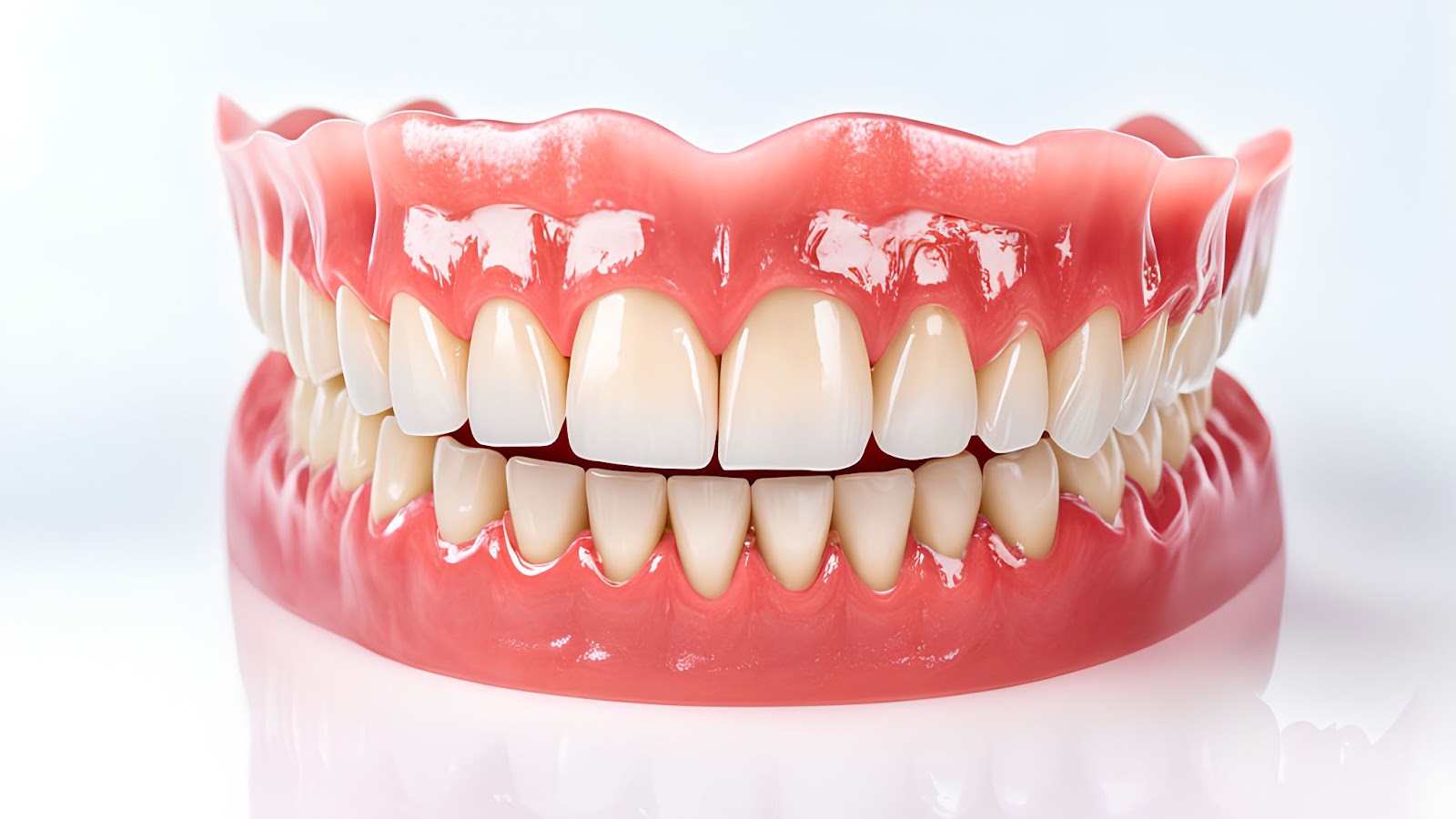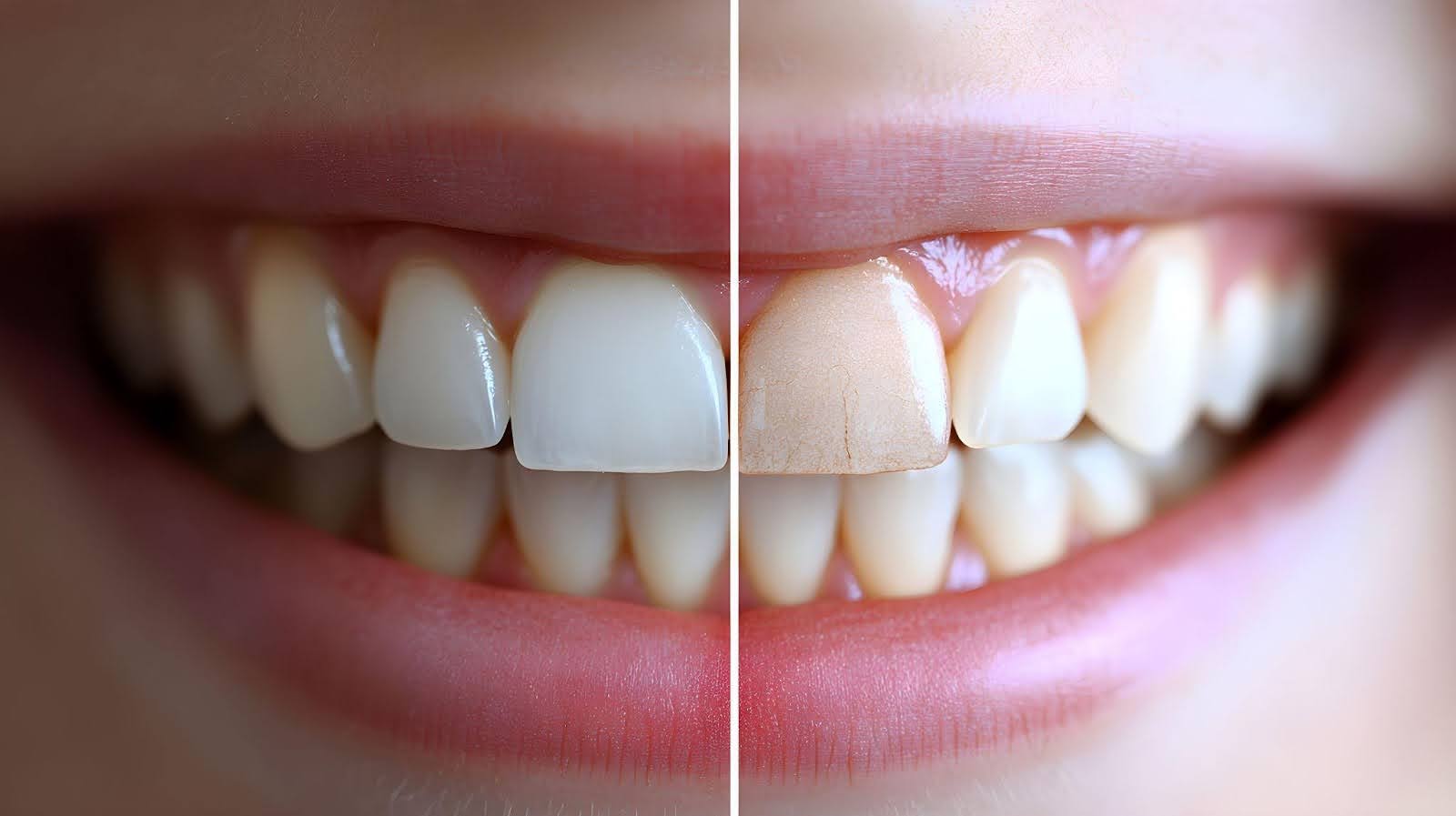What are dental sealants?
Dental sealants are a special plastic coating applied to the chewing surfaces of permanent teeth, particularly the permanent molars. They create a protective barrier that shields teeth from decay by covering grooves and crevices where food particles and sugary foods can get stuck. This protective coating helps to safeguard tooth enamel from the risk of cavities. So, how do sealants work on teeth? During a dental visit, a dentist or hygienist cleans and dries the tooth, then applies an acidic solution to roughen the surface slightly. This helps the sealant material adhere better. After rinsing and drying the tooth again, the sealant is painted on and allowed to harden, often using a special light.Sealants form a smooth surface over the tooth, making it easier to keep clean and less prone to decay. They are a great addition to regular brushing and fluoride treatments.

Who can benefit from dental sealants?
Children
Children and adolescents are among the top candidates for receiving dental sealants. When their permanent teeth, especially the permanent molars, come in, they can be vulnerable to cavities. The grooves and fissures on these teeth often trap food particles and sugary foods, leading to tooth decay if not adequately protected. Applying a plastic coating like dental sealants creates a smooth surface over these teeth, making it easier to maintain good oral hygiene.Adults
Dental sealants can also benefit adults, particularly those who are prone to cavities or have never had sealants applied to their teeth. Sealants offer a practical solution for ongoing dental health for adults who may have suffered from tooth decay in the past or who have deep grooves in their permanent teeth. Sealants also provide valuable benefits for adults. They help restore protection by reinforcing teeth that have lost some enamel over time, safeguarding them from further decay. Sealants also contribute to continued oral health by supporting long-term dental care success, especially when combined with regular check-ups and fluoride treatments. Additionally, the application process is quick and straightforward, usually completed in one visit, making it a convenient option for enhancing dental health. Even if a person has been cavity-free for years, the protective coating of dental sealants helps ensure that adult teeth remain healthy and strong, reducing the likelihood of future decay.How are dental sealants applied?
Initial cleaning of the tooth
Before dental sealants work, your teeth need to be clean. Think of it as making sure there’s no dirt before you paint a wall. The dentist starts by cleaning the tooth that needs a sealant. They use a special toothbrush and toothpaste to scrub away any food particles and sugary foods stuck on your permanent teeth. This step makes sure the tooth surfaces are smooth so the sealant can stick properly later on.

Etching the tooth surface
Next up is etching, which helps the sealant material grip onto your tooth. The dentist applies a special acidic solution to the surface of the tooth. This solution makes tiny grooves on the tooth enamel, which helps the sealant stay in place.Rinsing and drying
Once the etching is done, it’s time to wash away the acidic solution. The dentist rinses the tooth to make sure all the solution is gone. Then, they dry the tooth very carefully. It’s important that the tooth is dry so the sealant material can stick well. Picture it like trying to stick a sticker on a wet surface — dry is always better!Applying the sealant
Next, the dentist paints a liquid plastic coating onto the etched tooth. This sealant is usually clear or white and safe for teeth. The sealant creates a layer of protection over the tooth’s grooves and cracks. This step is super important because it creates a protective shield that keeps food particles and bacteria from getting stuck.Curing the sealant
Finally, the sealant needs to harden. To do this, the dentist uses a special light that acts like a magic wand. This light makes the plastic coating turn solid, forming a strong, protective barrier over your tooth. Now, your tooth has a protective shield that will help protect it from tooth decay and the risk of cavities.Effectiveness of dental sealants
Preventing cavities
Cavities form when food particles, especially sugary foods, stick to our teeth. Despite regular brushing, some tricky spots are hard to clean. Dental sealants fill in these tiny grooves, creating a smooth surface and a protective barrier that keeps out food particles and germs.Longevity and maintenance
With proper care, dental sealants will protect teeth from decay for five to 10 years, making regular dental visits key to ensuring their effectiveness. To ensure sealants remain effective, dentists examine the condition of the sealants during regular dental check-ups. If needed, they can apply a touch-up, ensuring your teeth maintain protection against cavities. This maintenance involves checking for any wear in the sealant and determining if any more protection is needed. Now you know how dental sealants work to keep your teeth healthy and strong. With their ability to create a protective shield, prevent cavities, and last for many years, dental sealants give your teeth the extra care they need. Remember, alongside sealants, regular brushing, fluoride treatments, and professional dental care will help maintain your smile’s health.Common misconceptions about dental sealants
Dental sealants are a fantastic tool in the world of dental care, providing a protective shield to fight against tooth decay. However, there are many misconceptions surrounding their use and effectiveness. Let’s address some common myths about dental sealants.Myth: Only children need sealants
While many children benefit from sealants, they are not reserved solely for children. Children often receive sealants when their permanent molars first come in, around the ages of six and 12. These years are particularly crucial because young ones are learning proper brushing techniques and may consume more sugary foods. However, dental sealants can be equally beneficial for adults. Adult teeth, especially permanent molars, also have grooves and pits where food particles and plaque can accumulate, leading to cavities. Applying sealants as part of a comprehensive dental care routine can reduce the risk of cavities in adults. So, regardless of age, anyone looking to add an extra layer of protection against cavities should consider sealants during their dental visits.Myth: Sealants are only for decayed teeth
Another common misconception is that dental sealants are only needed for decayed teeth. In truth, sealants are most effective when applied to healthy teeth. They serve as a preventive measure, creating a smooth surface that food particles and bacteria can’t easily penetrate. Applying sealants to already decayed teeth would be counterproductive. Sealants are intended to prevent the onset of cavities, not cure them.Instead, the application process is best suited for teeth that are cavity-free but at risk due to their natural structure. Sealants offer a layer of protection to places where regular brushing and fluoride treatments might not reach, providing a vital shield over vulnerable areas.

How to maintain dental sealants
Maintaining dental sealants is easy and helps keep your teeth healthy. Here’s a short guide on how to do it:- Regular brushing and flossing: Brush your teeth twice a day with fluoride toothpaste and floss regularly to keep your teeth clean. This helps protect your sealants and the teeth beneath them.
- Avoid chewing hard foods: Avoid hard candies, ice, and other hard foods that might chip your sealants.
- Limit sugary foods: Try to eat fewer sugary snacks and drinks. Despite having sealants, these can increase the risk of cavities.
- Regular dental check-ups: Visit your dentist for regular check-ups. The dentist will check if the sealants are still in good shape and replace them if needed.
- Fluoride treatments: During a dental visit, ask if you need a fluoride treatment. It works together with your sealants to protect against cavities.
Get your dental sealants from American Family Dentistry
Ready to take the next step in protecting your smile? Contact American Family Dentistry today to learn more about dental sealants and how they can benefit you or your family. Our friendly team is here to provide personalized care for all your dental needs, from preventive treatments to comprehensive oral health solutions. Don’t wait—schedule your appointment and give your smile the care it deserves!Blog
 ... continue reading
... continue reading






